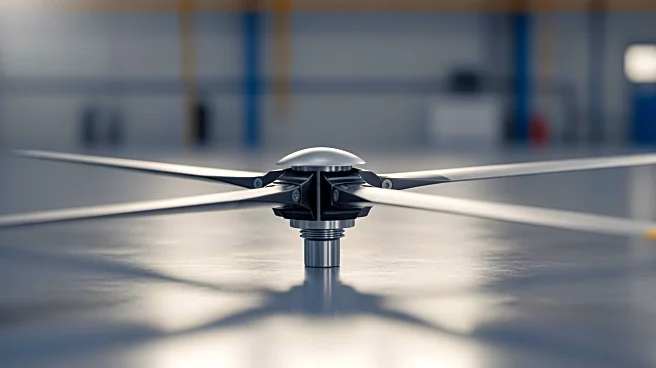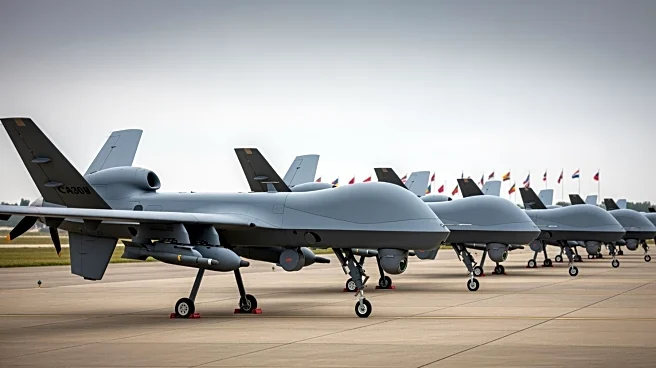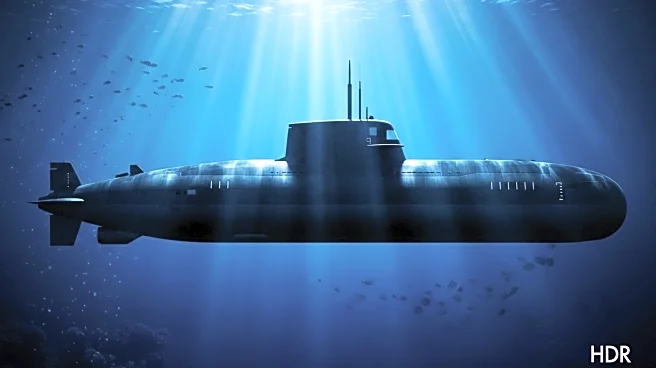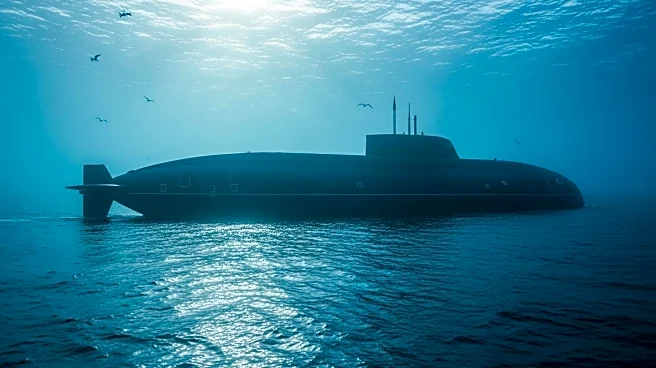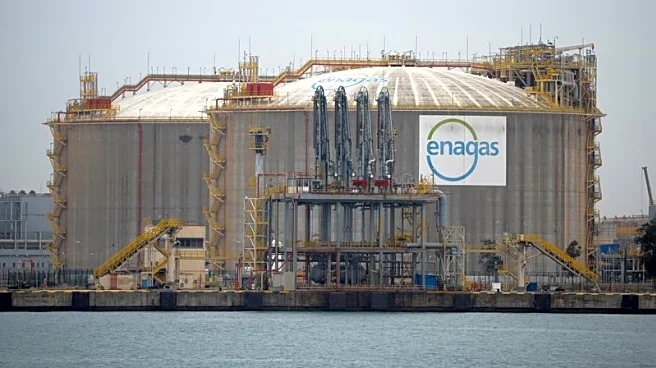What's Happening?
Airbus Helicopters is increasing the production capacity of its H160 helicopter at the Marignane facility in Southern France. The expansion is in preparation for the delivery of the military variant to the French Armed Forces, scheduled to begin in 2028.
The facility currently produces 35 to 40 airframes per year, but plans are underway to increase this to 60 per year. This expansion will involve extending the building to accommodate both civil and military production lines. The H160's construction involves a new production method, with components manufactured across various locations in Europe, including Germany, Spain, and France.
Why It's Important?
The expansion of the H160 production capacity is significant for both Airbus Helicopters and the French military. For Airbus, it represents a strategic move to enhance its manufacturing capabilities and meet the growing demand for both civil and military helicopters. For the French Armed Forces, the increased production capacity ensures timely delivery of the H160M Guépard helicopters, which are crucial for modernizing their fleet. This development also highlights the importance of international collaboration in aerospace manufacturing, as components are sourced from multiple European countries.
What's Next?
The next steps involve the physical expansion of the Marignane facility to accommodate the increased production rate. Airbus Helicopters will continue to refine its production processes to ensure efficiency and quality in manufacturing both civil and military variants of the H160. The French Armed Forces will likely begin preparations for integrating the H160M Guépard into their operations, including training personnel and developing maintenance protocols.
Beyond the Headlines
The expansion of the H160 production capacity may have broader implications for the aerospace industry, particularly in terms of technological innovation and international cooperation. The use of a distributed manufacturing approach, with components produced in different countries, could set a precedent for future aerospace projects. Additionally, the focus on both civil and military production lines may encourage other manufacturers to adopt similar strategies to diversify their offerings.
